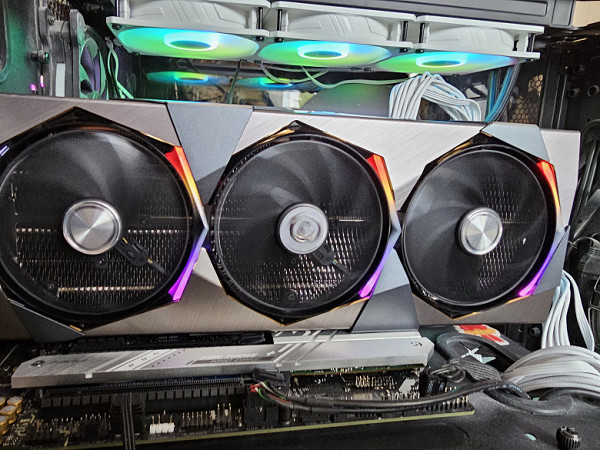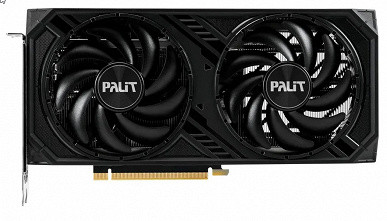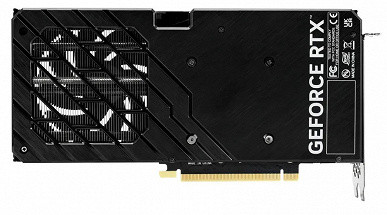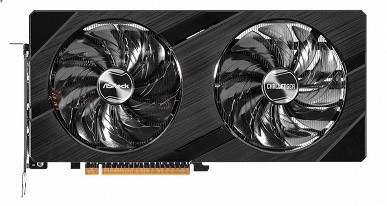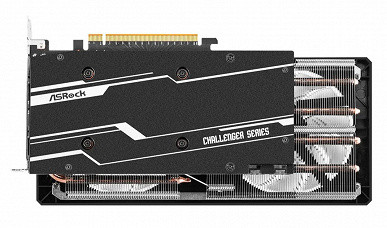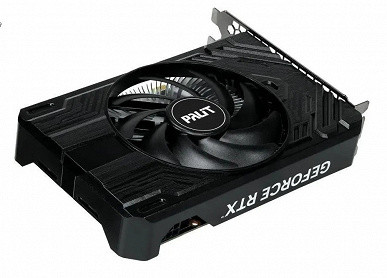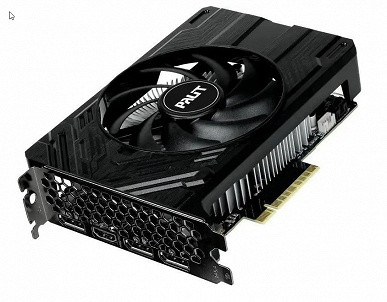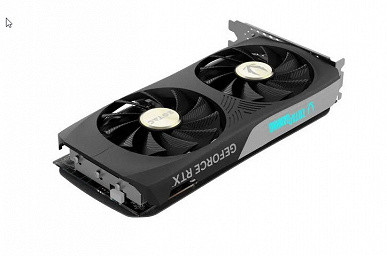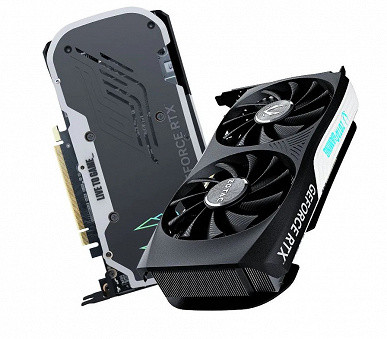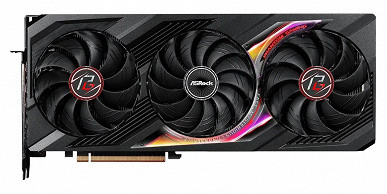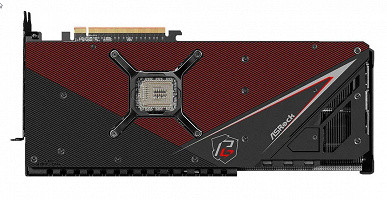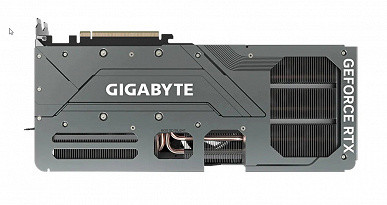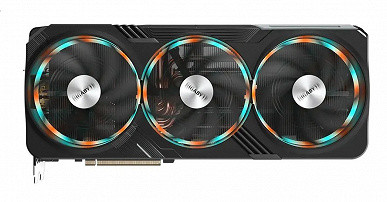In each review, we include new products that have appeared on the market since the publication of the previous material on choosing the best video card, as well as models that we have studied for the first time over the past three months. This release adds two new graphics cards from AMD: Radeon RX 7900 GRE and Radeon RX 7600 XT. In addition, we have introduced two new gaming tests.
As always, we select the best graphics cards overall and by price segment, based on Windows 11 performance tests and current market prices. To ensure transparency of the results across the entire list of accelerators, testing is carried out under identical settings with the highest possible 3D graphics quality in 10 games. Additionally, tests are carried out in games that support ray tracing and resolution scaling technologies (Nvidia DLSS, AMD FSR, Intel XeSS).
July 2024
In this release, we updated the list of tested video cards, now there are 30 of them. We added 2 new models, so we had to say goodbye to some old favorites from previous generations, such as the GeForce RTX 3080 and Radeon RX 6950 XT, which already have worthy replacements.
In addition to updating the list of video cards, we also updated the gaming tools, adding two new games. Details are below.
So, which video cards performed best in the latest tests, taking into account retail prices?
The absolute leader in terms of price/features ratio
The best family of 3D accelerators remains the Nvidia GeForce RTX 4060 Ti (8 GB).
The best graphics card in this category is the Palit GeForce RTX 4060 Ti Dual (8GB).
As in the previous review, the Intel Arc A750 (8GB) takes first place in our ranking for its usefulness in games without ray tracing. However, in games with ray tracing and dynamic scaling technologies, the absolute leader is the Nvidia GeForce RTX 4060 Ti (8 GB). Taking into account the prospects and capabilities, we awarded the title of leader to the Nvidia accelerator. This card provides excellent gaming comfort in all games at maximum quality settings with ray tracing disabled and resolution scaling up to 2.5K inclusive. Some games may require lowering graphics or resolution settings to maintain a high gaming experience. The closest competitors are AMD Radeon RX 7600 XT and Intel Arc A770. The GeForce RTX 4060 Ti is also great for gaming at 1080p resolution with maximum graphics quality and ray tracing, using DLSS/FSR/XeSS to improve performance.
The particular Palit GeForce RTX 4060 Ti Dual (8 GB) card we tested is compact in size, occupies two slots in the system unit and provides low noise. For the Palit card, the CO casing can be modified through the “Maker” concept, allowing the use of 3D printing for personalization. The card consumes up to 170 W of power and is equipped with a standard 8-pin power connector.
The minimum cost for this card is $425.
Price range: up to $350
Best 3D Accelerator Family: Intel Arc A750
Best Graphics Card: ASRock Intel Arc A750 Challenger (8GB)
In games without RT, the accelerator based on the Intel Arc A580 (8 GB) took first place, and the Intel Arc A750 (8 GB) takes first place in our utility rating in games with RT (when dynamic scaling technologies are enabled). Taking into account the prospects, we chose the Intel Arc A750 family. Cards based on the Arc A750 allow you to play in complete comfort with maximum graphics quality without RT in Full HD resolution, and sometimes even in 2.5K resolution (although rarely). When using ray tracing in Full HD with maximum graphics quality, FSR or Intel's proprietary image upscaling technology, XeSS, must be enabled.
The particular ASRock Intel Arc A750 Challenger (8 GB) card we tested has a moderate size (occupies 3 slots in the system unit), two power connectors (8- and 6-pin), a standard set of video outputs with support for modern standards (two DP 2.0 and two HDMI 2.1). Note the efficient and quiet cooling system with automatic fan shutdown in idle mode. The card's operation is controlled using a proprietary utility included in the Intel software package.
The minimum cost for this card is $300.
Price range: $350 to $575
Best 3D Accelerator Family: Nvidia GeForce RTX 4060
Best graphics card: Palit GeForce RTX 4060 StormX (8 GB)
In classic games, the AMD Radeon RX 7700 XT leads the pack in this category, while the Nvidia GeForce RTX 4060 takes first place in our ranking of usefulness in RT games when using dynamic scaling technologies. Taking into account the prospects and support for DLSS 3, we gave preference to the product from Nvidia. This card will provide excellent comfort in all games with maximum graphics settings with ray tracing disabled and scaling technologies in Full HD resolution. The closest competitors are AMD Radeon RX 7600 and Intel Arc A770. In games with RT, the GeForce RTX 4060 also performs slightly better, not inferior to the Intel Arc A770. In addition, when choosing cards based on GeForce RTX 40, the user receives support for DLSS 3, which can significantly increase the number of frames per second in the corresponding games. However, everything mentioned applies exclusively to 1080p (Full HD) resolution.
The Palit GeForce RTX 4060 StormX (8GB) card is compact in size, making it an ideal choice for miniature Mini-ITX cases, although it requires 2 slots for placement. It is equipped with a standard set of video outputs (3 DP 1.4a ports and 1 HDMI 2.1 port) and uses one 8-pin PCIe 2.0 power connector.
The minimum cost for this card is $350.
Price range: $575 to $860
Best GPU Family: Nvidia GeForce RTX 4070 Super
Best Graphics Card: Zotac Gaming GeForce RTX 4070 Super Twin Edge (12GB)
According to our estimates, in this price category the AMD Radeon RX 7800 XT is the leader in games without ray tracing, while the Nvidia GeForce RTX 4070 Super has an advantage in games with ray tracing and using scaling technologies. Considering the difference in ratings, the latter wins the overall victory. The GeForce RTX 4070 Super delivers performance similar to the previous generation GeForce RTX 3080 Ti and Radeon RX 6800 XT, delivering a seamless gaming experience at maximum quality settings at up to 4K resolutions without ray tracing or scaling. However, at 4K resolution there may be some reduction in comfort. In games that use ray tracing, activating this technology does result in a performance hit, but support for Nvidia DLSS, AMD FSR, and Intel XeSS technologies significantly compensates for this effect in most modern games. The GeForce RTX 4070 Super benefits from DLSS 3 support, which allows you to play relevant games with ray tracing enabled without significant performance losses, beating the previous flagship models GeForce RTX 3080 Ti and Radeon RX 7900 XTX from AMD in this parameter.
The selected Zotac Gaming GeForce RTX 4070 Super Twin Edge (12 GB) card is compact in size and occupies only two slots in the system unit. It is well suited for compact cases and does not create significant noise due to its efficient cooling system. The card can consume up to 250 W of power and is equipped with a standard set of video outputs: three DP 1.4a ports and one HDMI 2.1 port. Requires a standard 8-pin PCIe connector for power.
The minimum cost of this card is currently $700.
Price range: from $860 to $1145
Best GPU Family: AMD Radeon RX 7900 XT
Best Model: ASRock Radeon RX 7900 XT Phantom Gaming OC (20GB)
In this category, the AMD Radeon RX 7900 XT was the best choice due to its performance in both games with and without ray tracing (RT) support. Considering the significant price drop on these graphics cards, they represent an excellent combination of price and performance.
The Radeon RX 7900 XT is a flagship model capable of delivering smooth gaming experience in resolutions up to 4K at maximum quality settings, including the use of ray tracing technologies along with FSR/XeSS. In games without ray tracing, it also provides a high level of comfort at maximum settings in all resolutions, including 4K.
The selected ASRock Radeon RX 7900 XT Phantom Gaming OC card has significant dimensions (330x140x58 mm) and requires 3 slots in the system unit. However, thanks to a powerful cooler, it works quite quietly. The card is equipped with a standard set of video outputs: 1 HDMI 2.1 and 3 DisplayPort 2.1. Three 8-pin PCIe 2.0 power connectors are used for power.
The minimum cost for this card is $870.
Price range: $1145 and up
The best family of 3D accelerators remains the Nvidia GeForce RTX 4080 Super.
The best video card in this family is the Gigabyte GeForce RTX 4080 Super Gaming OC with 16 GB of memory.
As before, the GeForce RTX 4080 Super is a flagship, providing high comfort in games at maximum quality settings in resolutions up to 4K, including RT support without the need for upscaling technologies. However, at 8K resolution, even with DLSS 3 enabled, the card may not always provide full comfort. For maximum performance, we recommend considering the GeForce RTX 4090.
The chosen Gigabyte card has impressive dimensions: 35.5 cm in length and 16.5 cm in height, occupying 4 slots in the case. It consumes up to 320 W, but thanks to the quiet cooling system and good temperature parameters it operates stably. The card is equipped with a 16-pin PCIe 5.0 power connector, with the ability to use an adapter for three PCIe 2.0 power connectors. Particularly noteworthy is the stylish lighting of the fans, which adds originality to the card. The kit also includes a reliable bracket that firmly secures the card to the PC case and prevents sagging.
The minimum cost for this card is $1,145.

Selecting a map for a specific resolution
Now let's go through the permits without taking into account the price factor. Pure performance.
Games with rasterization (no ray tracing)
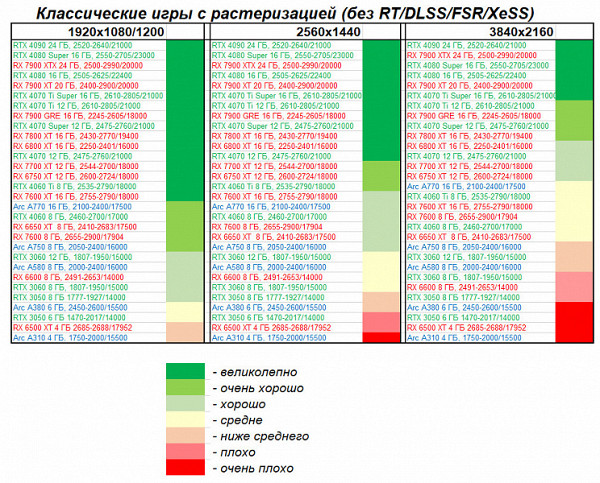
Resolution 3840×2160 (4K, UHD, 2160p)
The best graphics cards for 4K gaming with maximum graphics settings, but without ray tracing: from the latest generations include GeForce RTX 4070, GeForce RTX 4070 Super, GeForce RTX 4070 Ti, GeForce RTX 4070 Ti Super, GeForce RTX 4080, GeForce RTX 4090, Radeon RX 7800 XT, Radeon RX 7900 GRE, Radeon RX 7900 XT and Radeon RX 7900 XTX.
GeForce RTX 4090, GeForce RTX 4080 Super, GeForce RTX 4080, GeForce RTX 4070 Ti Super and Radeon RX 7900 XTX are capable of running even at 8K resolution.
Lower-end cards such as the GeForce RTX 4060 Ti and Radeon RX 7700 XT can provide acceptable FPS at 4K in some games at maximum graphics settings, but will need to use DLSS/FSR/XeSS or reduce quality to improve performance.
Resolution 2560×1440/2560×1600 (2.5K, 1440p, 1600p)
The graphics cards listed above can handle lower resolutions even with ray tracing enabled and do not require the use of DLSS, FSR or XeSS. For games without ray tracing, but with maximum graphics quality at this resolution, the GeForce RTX 4060 Ti, GeForce RTX 4060, Radeon RX 7700 XT, Radeon RX 6750 XT, Radeon RX 6650 XT, Radeon RX 7600 and Intel Arc A770 are suitable.
Resolution 1920×1080/1920×1200 (Full HD, 2K, 1080p)
In Full HD resolution, the Arc A750, Arc A580, GeForce RTX 3060 and Radeon RX 6600 perform well. The GeForce RTX 3050 8 GB also provides decent comfort, but in some cases you will need to lower the graphics settings. In graphics-intensive games, sometimes you will have to choose accelerators a higher level or reduce graphics settings.
Arc A380 and GeForce RTX 3050 6 GB barely handle maximum graphics settings and require the use of FSR, XeSS or DLSS. The Radeon RX 6500 XT is not able to reach maximum graphics settings without using FSR or XeSS, and the situation with the Arc A310 is similar. With these accelerators, you will often have to reduce the graphics settings to 90% to ensure acceptable gaming comfort.
Cards from previous generations, such as the GeForce RTX 2060, GeForce RTX 2060 Super and Radeon RX 5600 XT, will also provide good performance in classic games. The Radeon RX 5500 XT and GeForce GTX 1660 Ti can handle some Full HD games at maximum settings. Less powerful cards will no longer be able to support Full HD resolution at maximum settings and will require a reduction in image quality or resolution.
Games using ray tracing (and DLSS/FSR/XeSS if possible)
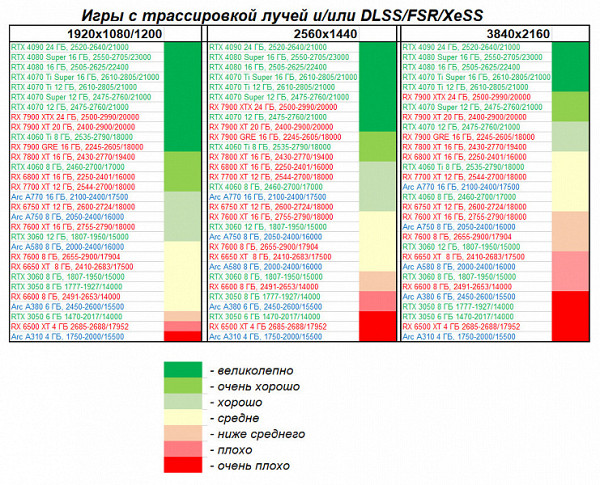
Resolution 3840×2160 (4K, UHD, 2160p)
Maximum comfort in 4K resolution with maximum graphics quality using ray tracing and DLSS/FSR/XeSS will be provided by GeForce RTX 4090, GeForce RTX 4080 Super, GeForce RTX 4080, GeForce RTX 4070 Ti Super, GeForce RTX 4070 Ti and GeForce RTX 4070 Super, Radeon RX 7900 XT and Radeon RX 7900 XTX.
Radeon RX 7900 GRE/7800 XT and GeForce RTX 4070-level accelerators look less convincing when RT is enabled in 4K resolution, but are still capable of providing decent gaming comfort.
More affordable solutions struggle to handle 4K games with ray tracing, but the game's support for DLSS/FSR/XeSS technologies helps a little. However, for acceptable comfort it is often better to lower the resolution.
Resolution 2560×1440/2560×1600 (2.5K, 1440p, 1600p)
Ray-traced gaming at 4K resolution will require a GeForce RTX 4070, GeForce RTX 4060 Ti, or Radeon RX 7800 XT (or higher). Using FSR/XeSS with RT will allow you to play at 2.5K using the Radeon RX 7700 XT, Radeon RX 6750 XT and some similar accelerators, but not all games will achieve an acceptable level of comfort.
Resolution 1920×1080/1920×1200 (Full HD, 2K, 1080p)
All mentioned video cards are also suitable for gaming on monitors with Full HD resolution. When ray tracing is enabled in conjunction with DLSS, FSR or XeSS, cards of the Radeon RX 7700 XT, Radeon RX 6750 XT, GeForce RTX 4060, GeForce RTX 3060 12 GB, and Arc A770 provide complete comfort.
Radeon RX 7600, Radeon RX 6650 XT, Radeon RX 6600, Arc A580, GeForce RTX 3060 8 GB and GeForce RTX 3050 8 GB cards can provide acceptable gaming comfort when using RT in conjunction with scaling technologies. However, the Radeon RX 6500 XT, Arc A310 and GeForce RTX 3050 6GB cannot provide sufficient performance with ray tracing enabled, and their support for this technology is limited.
